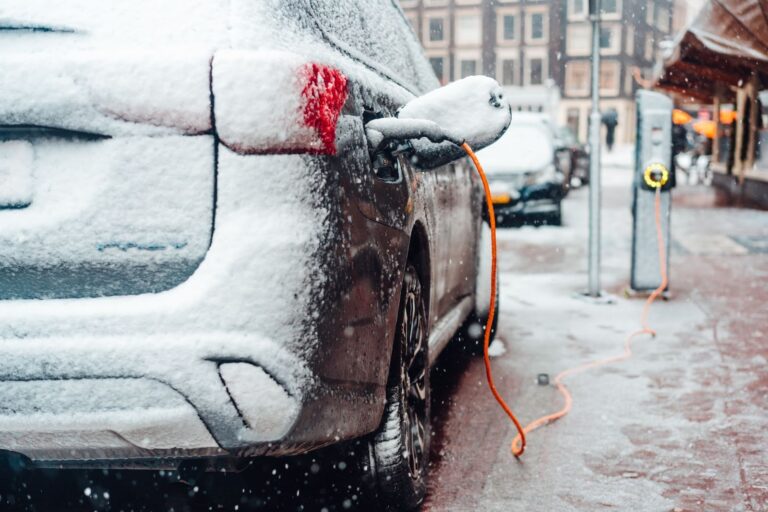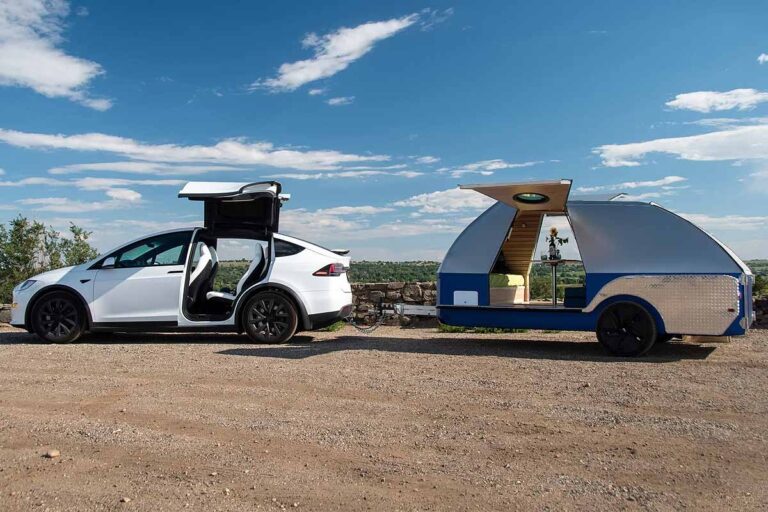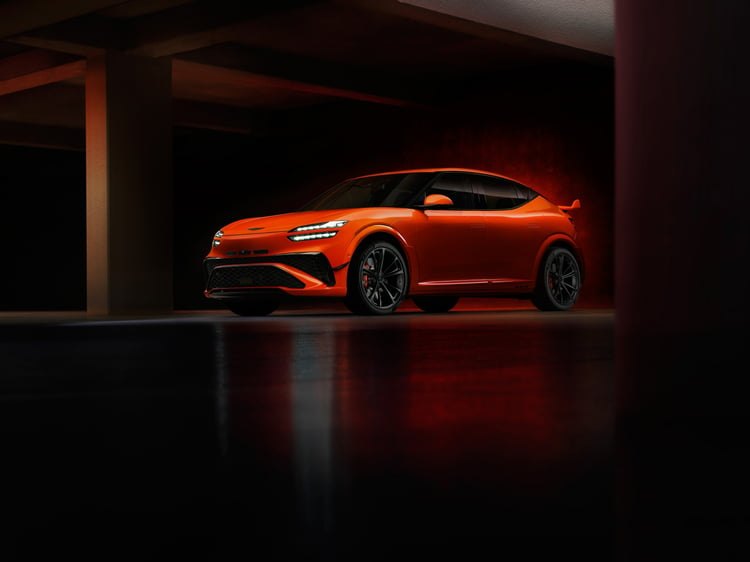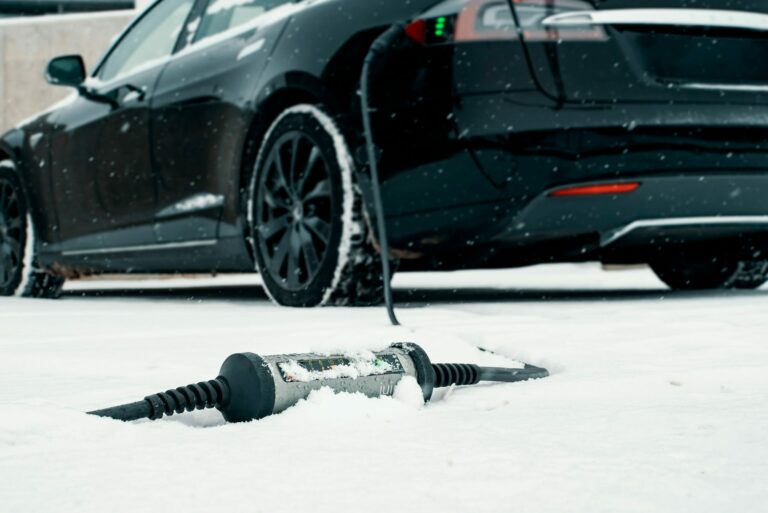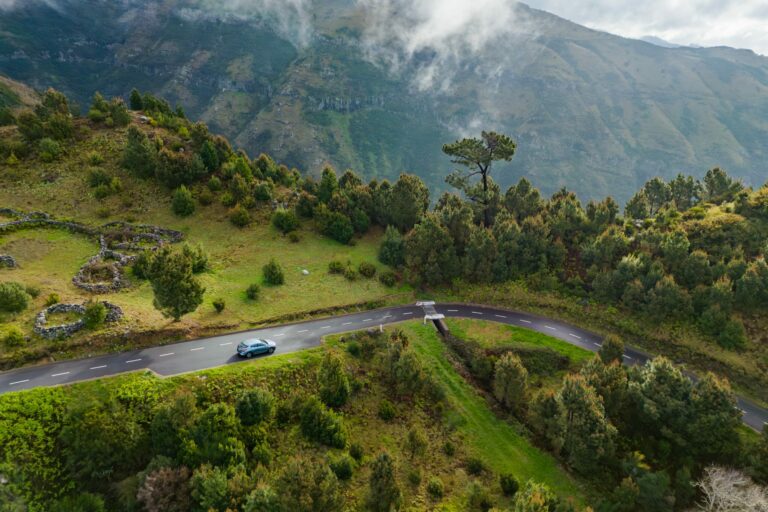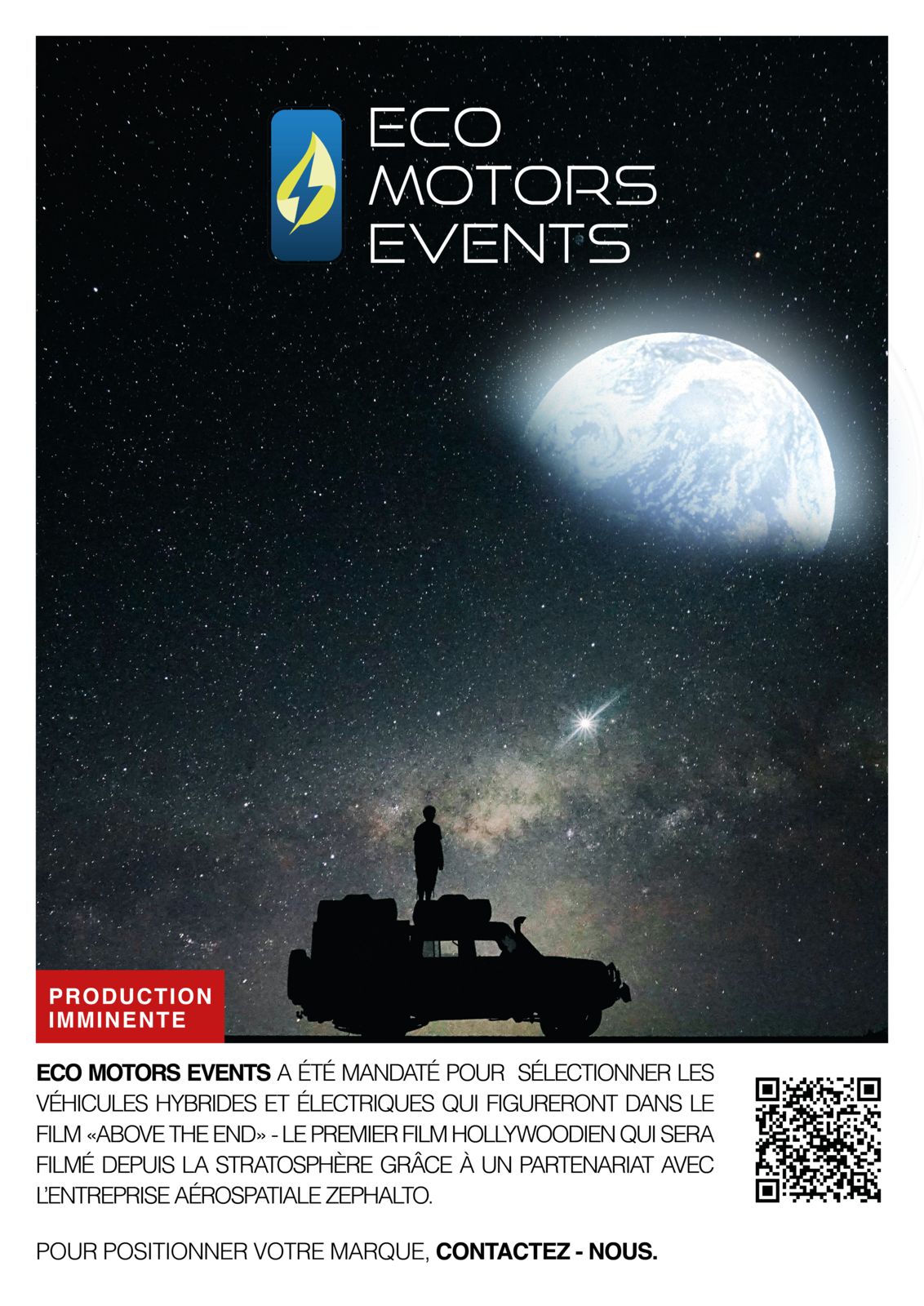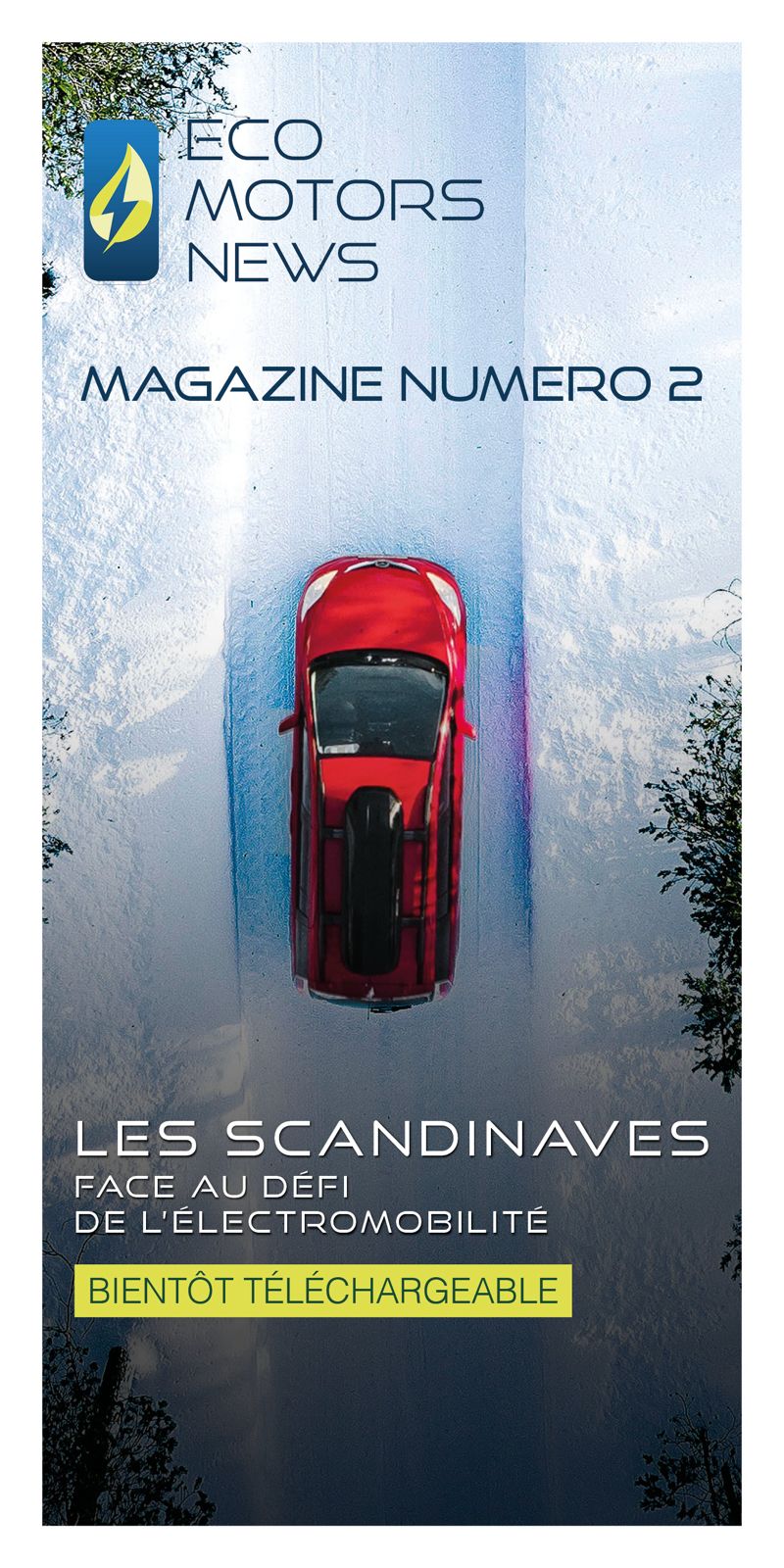With the festive season just around the corner, many people are already dreaming of the snowy slopes. But when you set off in an electric car, the cold, the uneven terrain and charging in the mountains require more rigorous preparation than for a combustion vehicle. If you want to avoid breakdowns, understanding how winter really affects your autonomy is essential.
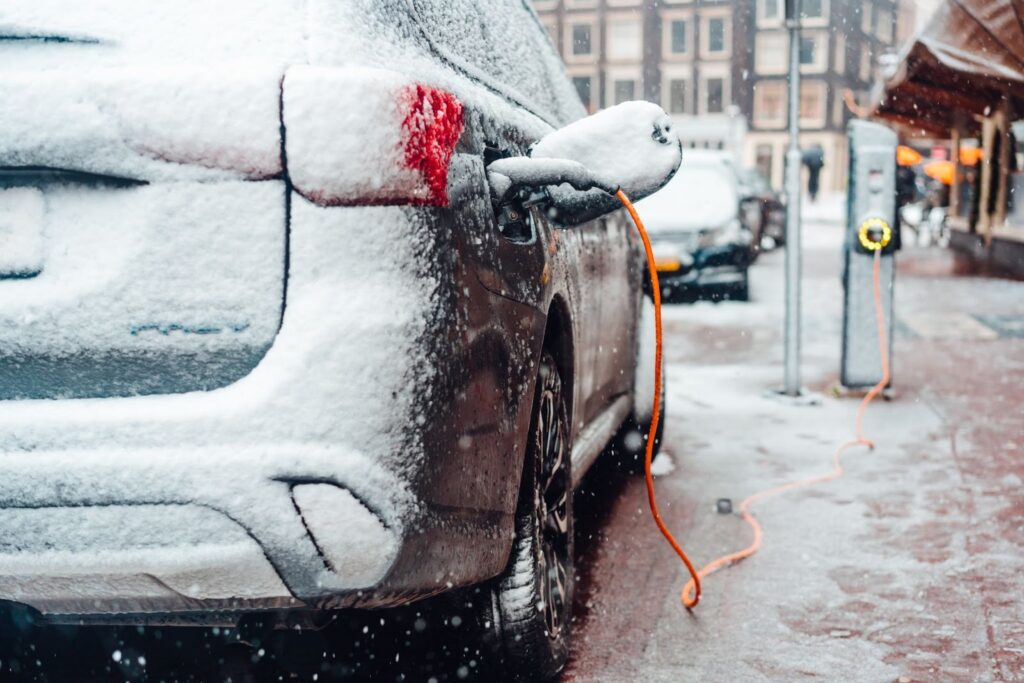
Anticipating the impact of cold weather
Below zero, the chemistry of the battery slows down. The movement of lithium ions is slower, which increases internal resistance: the battery delivers less energy. According to several studies, range losses can reach between 10% and 30% in winter conditions. In very cold conditions, especially if you use the cabin heater, the loss of range can even be as much as 40%, according to real-life simulations. So, as is often the case, the best solution is to think ahead. Find the charging points on your route. Applications such as Chargemap, ABRP (A Better Route Planner) or other EV route planning tools will help you identify compatible charging points and anticipate your stops.
Do a full charge before the final climb to the station: when the journey gets tough, the increase in altitude combined with the drop in temperature causes consumption to soar. The cold consumes more energy than you might think. Once you’ve arrived, recharge as soon as possible, ideally while the battery is still warm, to maximise charging speed and reduce losses. Take advantage of the charging phases to warm up your car before setting off. This heats up the battery without drawing on your reserve of driving energy. Many cars allow you to programme the heater just before setting off: switch it on while the vehicle is still plugged in, to save the battery.
Smart, economical driving
When going downhill, remember to activate regenerative braking to recover energy. When driving uphill, the Eco mode can also limit fuel consumption. Heating the passenger compartment in an EV consumes a lot of fuel, so opt for heated seats and a heated steering wheel. These options consume much less energy than central heating. If your car is fitted with a heat pump, that’s even better: it consumes much less energy than conventional heating elements, and can improve range by 8 to 10% in very cold weather.
Aerodynamics also play a decisive role. In winter, driving very fast costs a lot more energy, because air resistance increases, and you use more fuel to compensate. Take care when accelerating too: smooth driving saves energy, especially when the battery is already weakened by the cold.
When the temperature is very low, batteries may be less able to accept a rapid charge: it takes time for the battery to ‘warm up’ or for the thermal management system (BTMS) to do its job. Some models automatically slow down their charging speed when it’s very cold, to protect the battery. So plan longer charging times when you’re in the mountains, and check that the charging points you target are compatible. If possible, park your car in a covered garage or a covered car park. This limits the cooling of the battery at night or during your breaks, which reduces the loss of range. When charging, keep the car plugged in for as long as possible to take advantage of pre-heating and use the energy from the charger, not the battery.
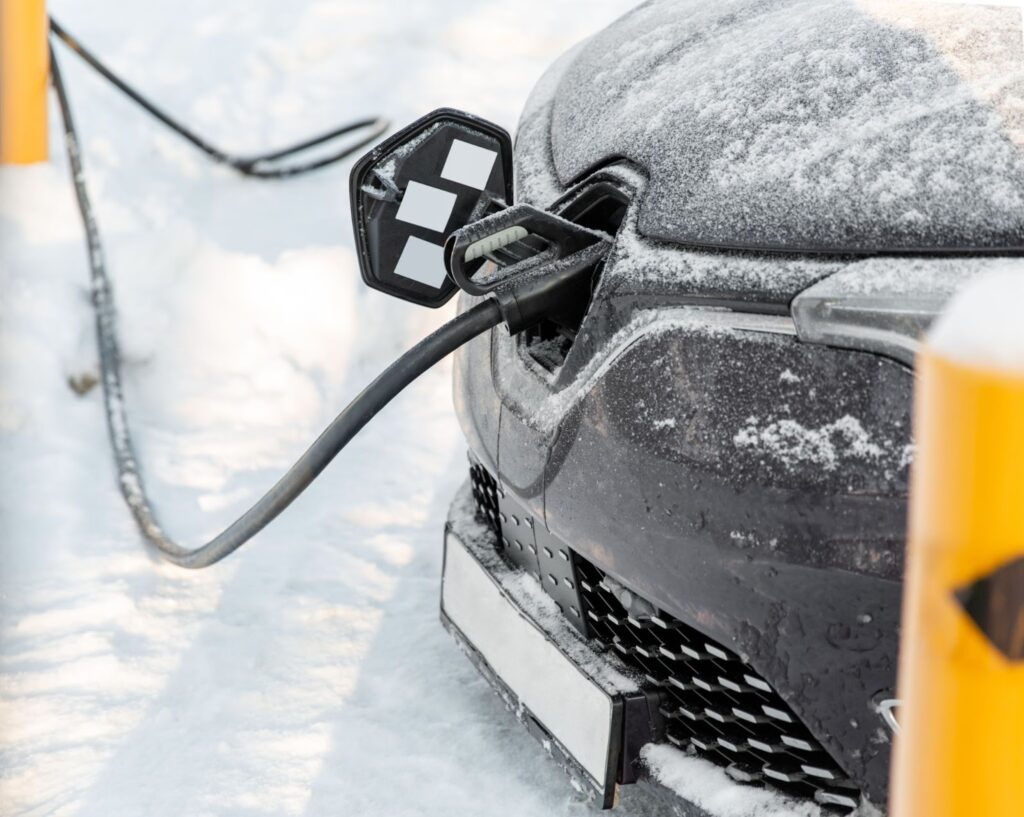
No more nasty surprises
Going skiing with an electric car is perfectly feasible if you plan ahead, and it’s not just a question of recharging more often. By planning your recharging before you leave, preheating the battery while it’s plugged in and modulating your driving to save energy, you can largely minimise the risk of breakdowns or other unpleasant surprises. In winter, anticipation is really the key: freezing temperatures significantly reduce battery efficiency, and careful management of your stops and consumption can make all the difference.
In short, by combining careful planning, optimised driving and compliance with winter safety requirements, you can turn what could be a challenge into a controlled journey. With these best practices, your journey to the slopes will not only be more serene, but also more economical and totally compatible with your electric vehicle.


